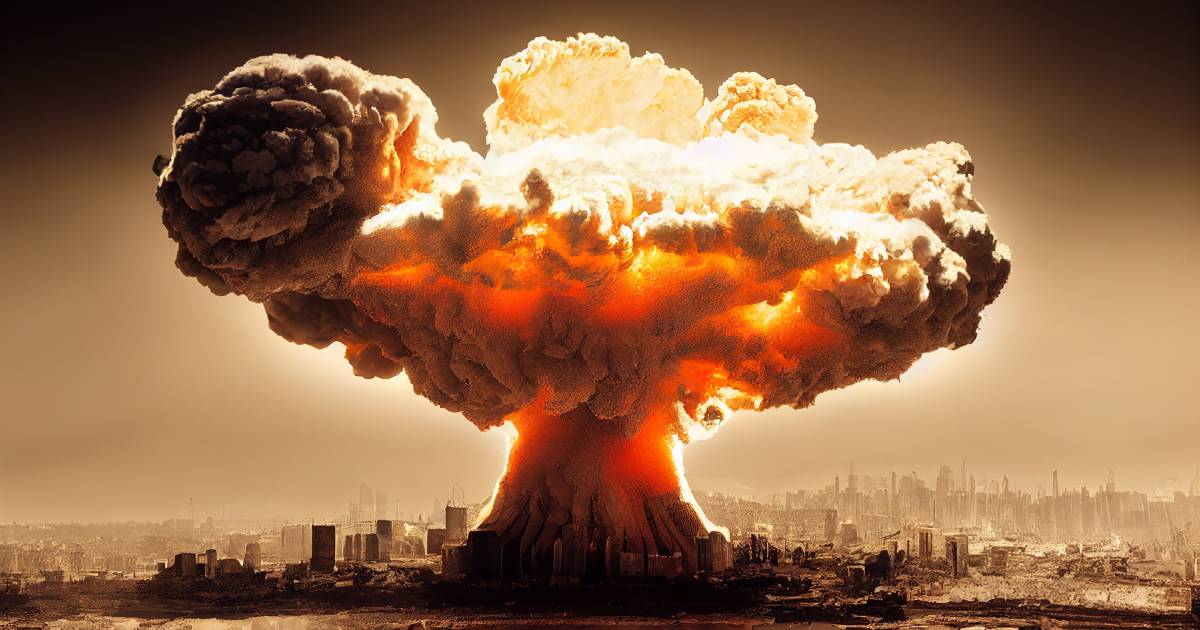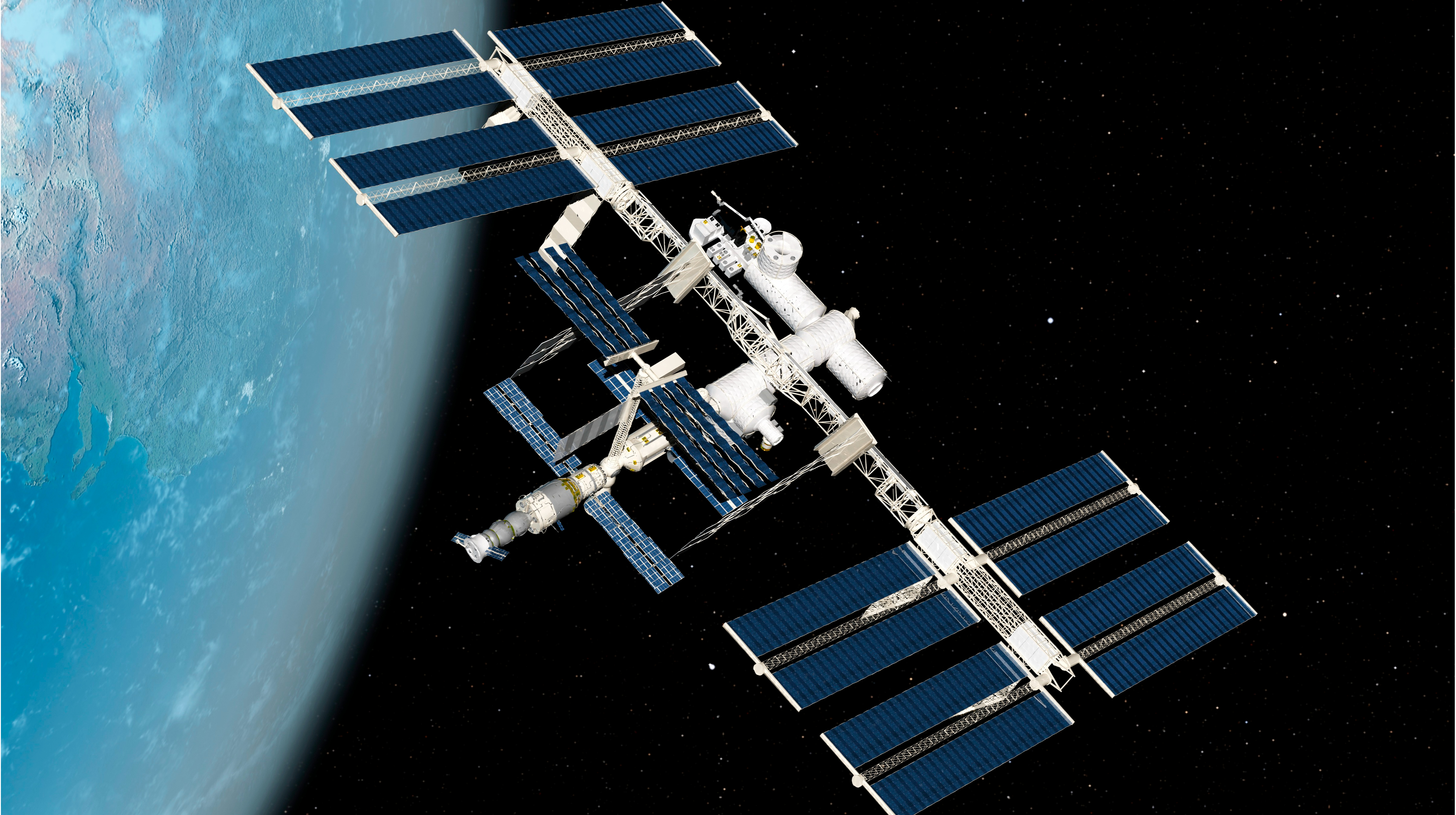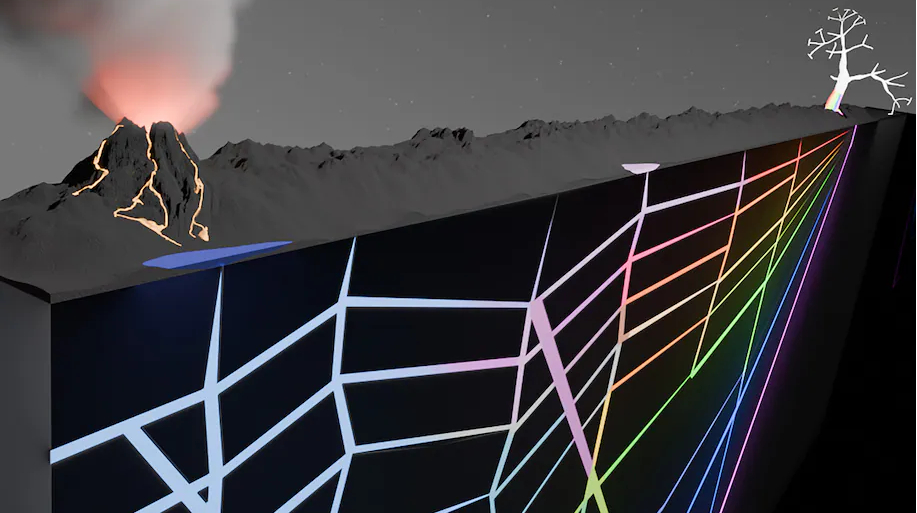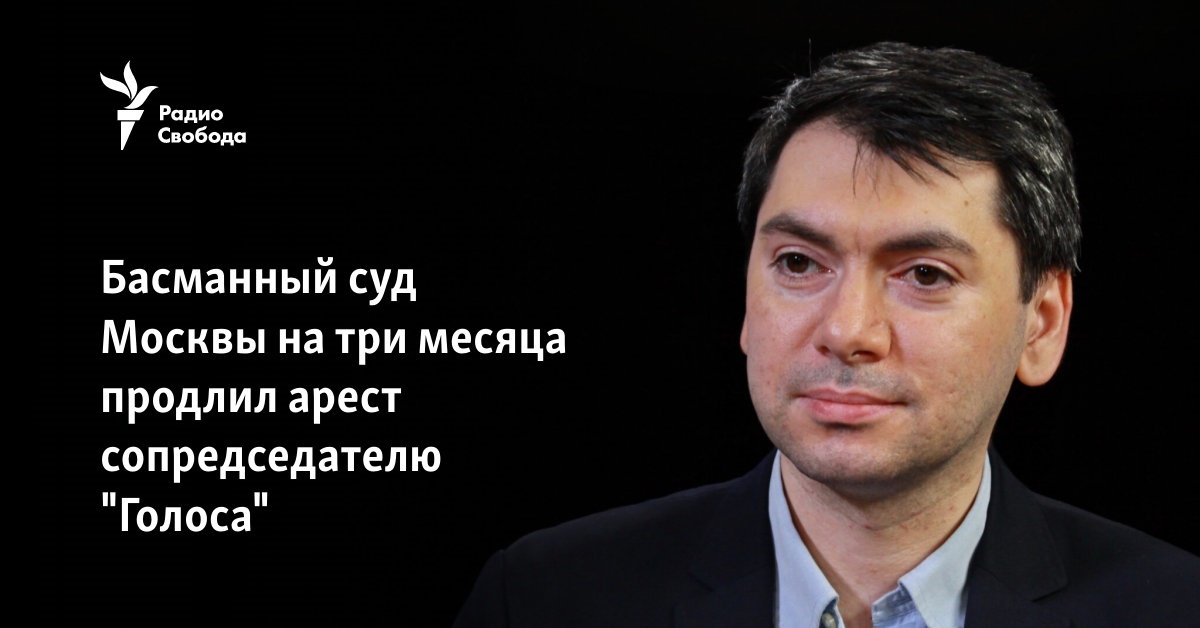Where to hide in order to have a chance to survive during a nuclear explosion? Research

A group of researchers from the University of Nicosia in Cyprus simulated a nuclear explosion to find out under what conditions it is possible to escape from it. The results of the study were published in AIP Publishing, writes ScienceAlert. The team simulated the nuclear explosion of a 750-kiloton bomb based on Russia’s Sarmat intercontinental ballistic missile, which Russia tested in April 2022. This bomb is ten times more powerful than the one dropped on the island of Hiroshima (15 kilotons) and Nagasaki (25 kilotons). Photo: yamonstro/Depositphotos The researchers concluded that the shock wave of such an explosion would destroy everything within a radius of 4 km. However, people who are outside the epicenter of the explosion will have a chance to be saved if they hide in the “right” place. If a person is in an apartment or house during an explosion, stone, concrete or other strong non-combustible materials can provide some protection. You cannot stay in wooden buildings. According to the researchers, the safest place is in the farthest part of the house, away from the windows. “The most dangerous indoor places to avoid are windows, corridors and doors,” study co-author Ioannis William Kokkinakis said. Doorways or hallways in the home should also be avoided, as they can accelerate the force of the shock wave to a dangerous pressure that will be at least 18 times the weight of a person’s body. The explosion was simulated using high-resolution computational fluid dynamics. The authors believe that these discoveries could reduce the level of damage from a possible nuclear explosion and radiation leak should it happen. Previously, we told the algorithm of actions in case of nuclear danger. Read also: No one knows what awaits the world after a nuclear war. It is better not to check. Interview with a nuclear weapons historian
Original Source Link











